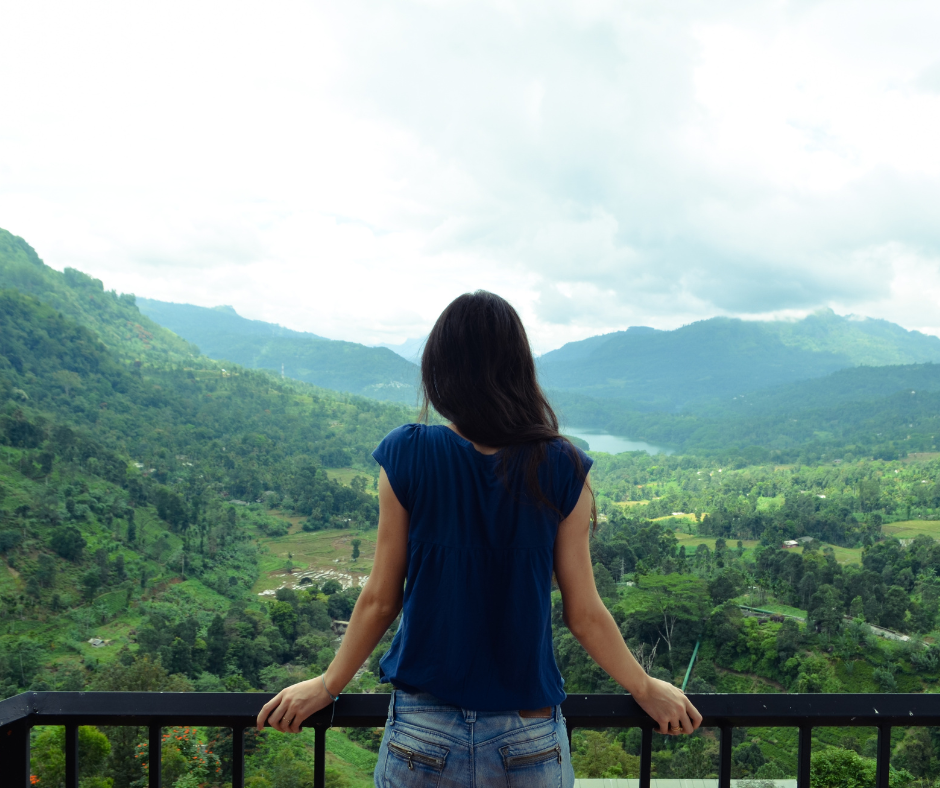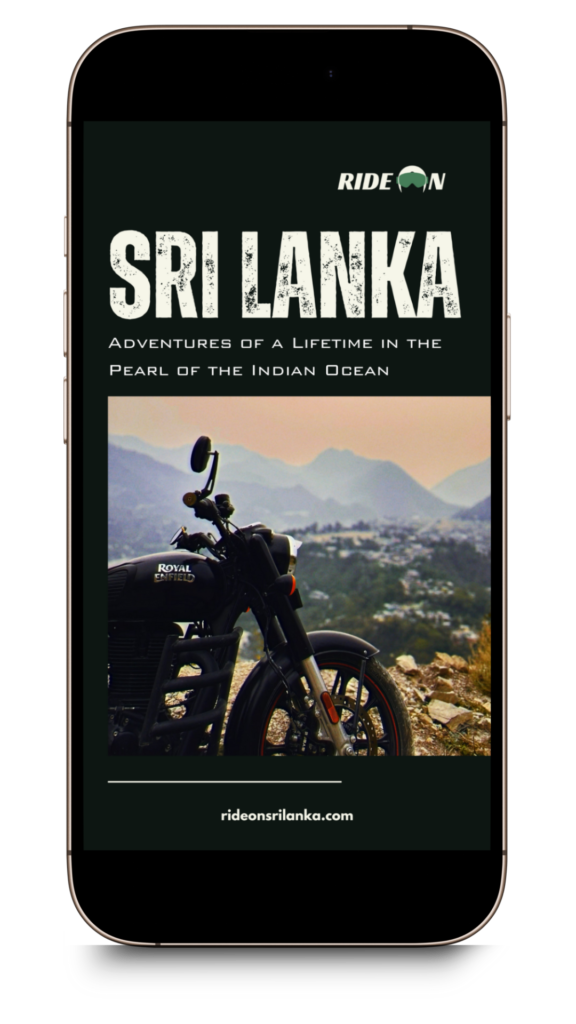What is the Cultural Triangle?
Picture yourself cruising through lush landscapes, charming villages, and ancient ruins—at your own pace.
The Cultural Triangle & Highlands motorcycle tour is a relaxed, immersive adventure for those who prefer experiencing rather than rushing. It’s not a race; it’s about meaningful rides, rich history, and Sri Lanka’s stunning beauty.
Perfect for solo riders or couples, this tour blends exciting roads with ancient cities, majestic temples, and scenic downtime. Each night, unwind in cozy, handpicked stays.
With small groups, you’ll share the road—and a few cold beers—with fellow riders who love the journey as much as you do.
But… what is the Cultural Triangle?

Nestled right in the heart of the island, Sri Lanka’s Cultural Triangle links three historic wonders: Anuradhapura, Polonnaruwa, and Sigiriya, with Dambulla’s magnificent cave temples at its center. These remarkable sites collectively showcase Sri Lanka’s rich heritage, making this region an irresistible attraction for any curious traveler.
Anuradhapura
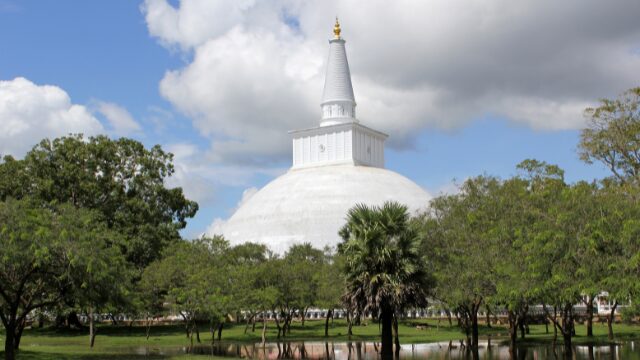
Anuradhapura is not just a city — it’s a journey back in time. As the first capital of ancient Sri Lanka, this UNESCO World Heritage Site is one of the oldest continuously inhabited cities in the world, with a history stretching back over 2,500 years. Walking through its sprawling ruins, you’re not just seeing stones — you’re standing in the footsteps of kings, monks, and pilgrims who shaped a civilization.
Founded in the 4th century BCE, Anuradhapura served as the spiritual and political heart of the island for over 1,300 years. During its golden age, it was a thriving hub of culture, architecture, and Buddhist learning, drawing scholars and traders from across Asia.
One of the most sacred sites here is the Sri Maha Bodhi, a fig tree grown from a cutting of the original Bodhi tree under which the Buddha attained enlightenment. Planted in 288 BCE, it’s the oldest documented tree in the world and still worshipped by pilgrims daily.
The city is dotted with massive dagobas (stupas), such as Ruwanwelisaya, Jetavanaramaya, and Abhayagiri, once among the tallest structures in the ancient world. These brick monuments, some over 90 meters tall, stand as awe-inspiring reminders of the kingdom’s devotion to Buddhism and engineering brilliance.
Anuradhapura was also ahead of its time in infrastructure, with an advanced system of irrigation tanks and canals that supported agriculture and urban life — some of which are still in use today!
Visiting Anuradhapura is an unforgettable experience. Whether you’re admiring ancient carvings, meditating under sacred trees, or marveling at the architectural feats of a lost era, the city invites you to slow down, reflect, and connect with something much larger than yourself.
If you’re passionate about history, spirituality, or simply love exploring off-the-beaten-path destinations, Anuradhapura is a must-see on any Sri Lankan itinerary.
Polonnaruwa
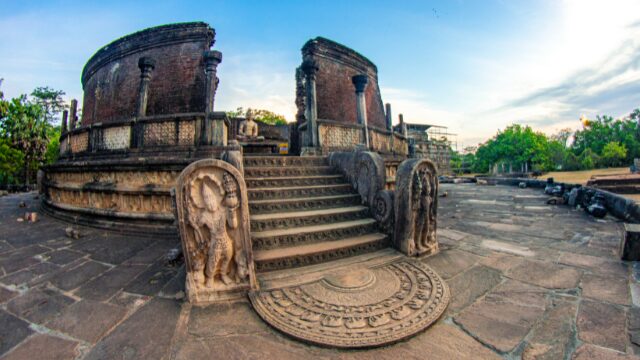
Polonnaruwa is a stunning blend of ancient sophistication and quiet majesty — a place where time seems to pause among moss-covered ruins and centuries-old stone carvings. Declared a UNESCO World Heritage Site, this city was the second great capital of Sri Lanka, flourishing between the 11th and 13th centuries as the cultural and political heart of the island.
Built during the reign of King Parakramabahu I, Polonnaruwa is a masterpiece of urban planning and engineering. The king’s famous declaration that “not even a drop of rain should flow into the sea without being used for cultivation” led to the creation of a vast and advanced irrigation system, including the awe-inspiring Parakrama Samudra — a massive reservoir that still helps local farmers today.
Polonnaruwa is best known for its well-preserved ruins, offering visitors a vivid glimpse into a grand past. The Royal Palace, once seven stories high, now stands in majestic fragments surrounded by courtyards and council chambers. Nearby, the Quadrangle holds a compact cluster of stunning religious structures, including the Vatadage, an exquisitely carved circular shrine believed to have housed the Sacred Tooth Relic.
But perhaps the most iconic images of Polonnaruwa are found at Gal Vihara — four colossal Buddha statues carved into a single granite rock face. The serene expressions and sheer scale of these statues are humbling, reflecting the height of Sinhalese artistry.
Unlike the vast sprawl of Anuradhapura, Polonnaruwa is compact and easy to explore, often by bicycle — or for the adventurous, by motorcycle. As you wander the ruins under shady trees, you’ll find yourself immersed in a peaceful silence that evokes both reflection and wonder.
Whether you’re a history enthusiast, a photographer, or just a curious traveler, Polonnaruwa delivers a powerful sense of connection to a time when art, spirituality, and engineering reached extraordinary heights. It’s more than a destination — it’s a chance to walk through the living legacy of a golden era.
Sigiriya
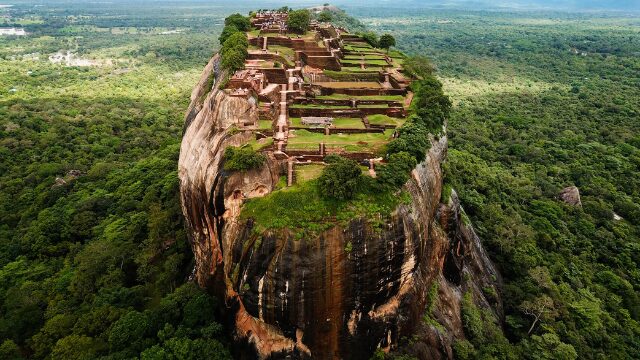
Few places in Sri Lanka capture the imagination quite like Sigiriya. Rising nearly 200 meters above the surrounding jungle, this ancient rock fortress is one of the island’s most iconic landmarks — a UNESCO World Heritage Site that blends history, art, engineering, and legend into one breathtaking experience.
Often called the “Eighth Wonder of the World,” Sigiriya was built in the 5th century AD by King Kasyapa, who chose the massive granite outcrop as the site for his palace and citadel. What he created was nothing short of astonishing: a fortress in the sky, complete with royal gardens, defensive walls, moats, and an intricate system of water gardens that still function during the rainy season.
Climbing Sigiriya is an adventure in itself. As you ascend, you’ll pass through the Lion’s Gate, where massive carved paws guard the entrance to the summit. Along the way, you’ll find the famous Sigiriya frescoes — vivid 1,500-year-old paintings of celestial maidens, sheltered under an overhanging rock face, their colors still vibrant today.
Halfway up, a gleaming mirror wall once polished so thoroughly that the king could see his reflection still bears ancient graffiti — poems and notes etched by visitors over a thousand years ago, making it one of the earliest known examples of public commentary in the world.
At the summit, the remains of King Kasyapa’s palace complex offer 360-degree views of lush forest, surrounding villages, and distant mountains. It’s a place that leaves travelers awestruck, not just by the climb, but by the vision, ambition, and artistry that went into building such a marvel so long ago.
Whether you’re drawn by history, mythology, or the sheer adventure of the ascent, Sigiriya is an unforgettable highlight of any trip to Sri Lanka. It’s more than a monument — it’s a testament to human creativity, resilience, and the timeless spirit of exploration.
Dambulla
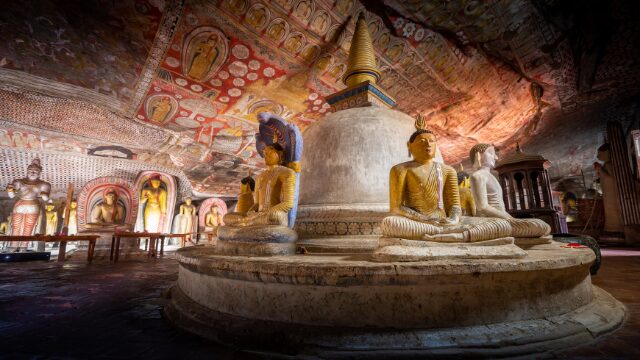
Tucked into the heart of Sri Lanka’s Cultural Triangle, Dambulla is a place where history, art, and spirituality come together in the most spectacular way. Home to the iconic Golden Temple of Dambulla, this ancient site is the country’s best-preserved and largest cave temple complex — and a UNESCO World Heritage Site that continues to awe visitors with its beauty and sacred atmosphere.
The temple complex dates back over 2,000 years, with its origins linked to King Valagamba, who sought refuge in the caves during a time of exile. Once he regained his throne, the grateful king transformed these natural rock shelters into a stunning temple complex, complete with shrines, statues, and vibrant murals.
There are five main caves, each filled with intricate frescoes and over 150 statues of the Buddha, as well as figures of kings and deities from both Buddhist and Hindu traditions. The artwork, covering the walls and ceilings, is incredibly well-preserved and offers a vivid glimpse into Sri Lanka’s religious and artistic heritage. The largest cave, known as the Cave of the Great Kings, houses a majestic 14-meter-long reclining Buddha carved directly into the rock.
From the temple entrance, visitors are treated to panoramic views of the surrounding countryside — a peaceful contrast to the colorful richness found inside the caves.
Just below the temple is the Golden Temple, marked by a massive golden Buddha statue that towers above the landscape. This modern addition serves as a symbolic gateway to the ancient site above.
Dambulla is more than just a stop along the way — it’s a powerful reminder of Sri Lanka’s deep-rooted spiritual traditions and its enduring artistic legacy. Whether you’re a history buff, a cultural explorer, or simply in search of inspiration, a visit to Dambulla is a must.
It’s a place to pause, reflect, and feel the quiet power of a civilization that has honored these sacred caves for over two millennia.

Simone Loganathan
Founder @ Ride On Sri Lanka
Chat with us
Click to chat on whatsapp
Latest Articles






